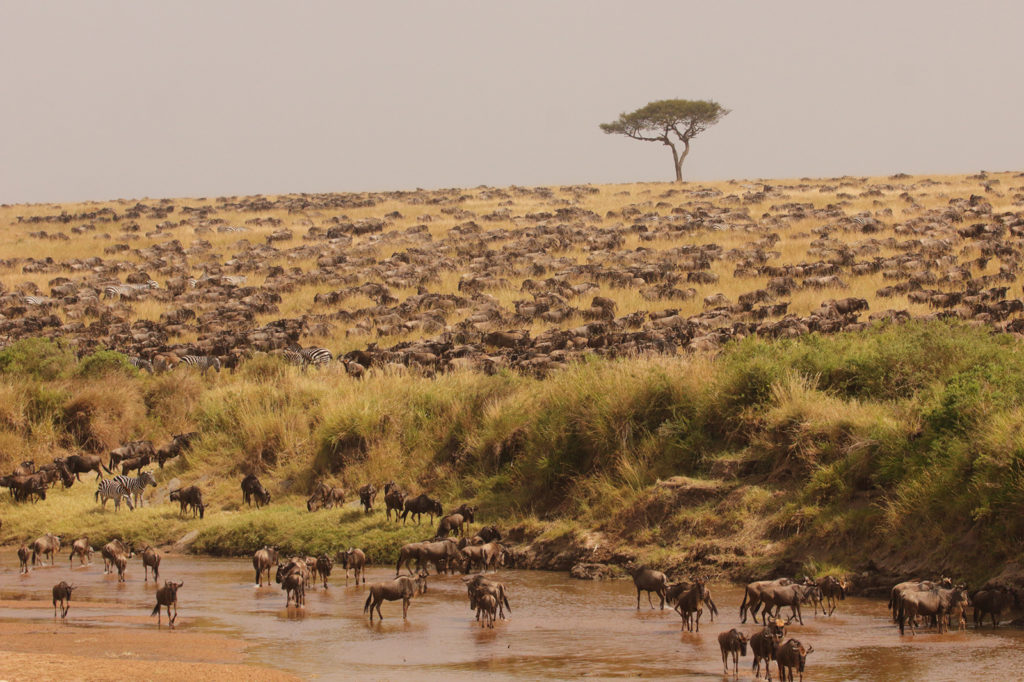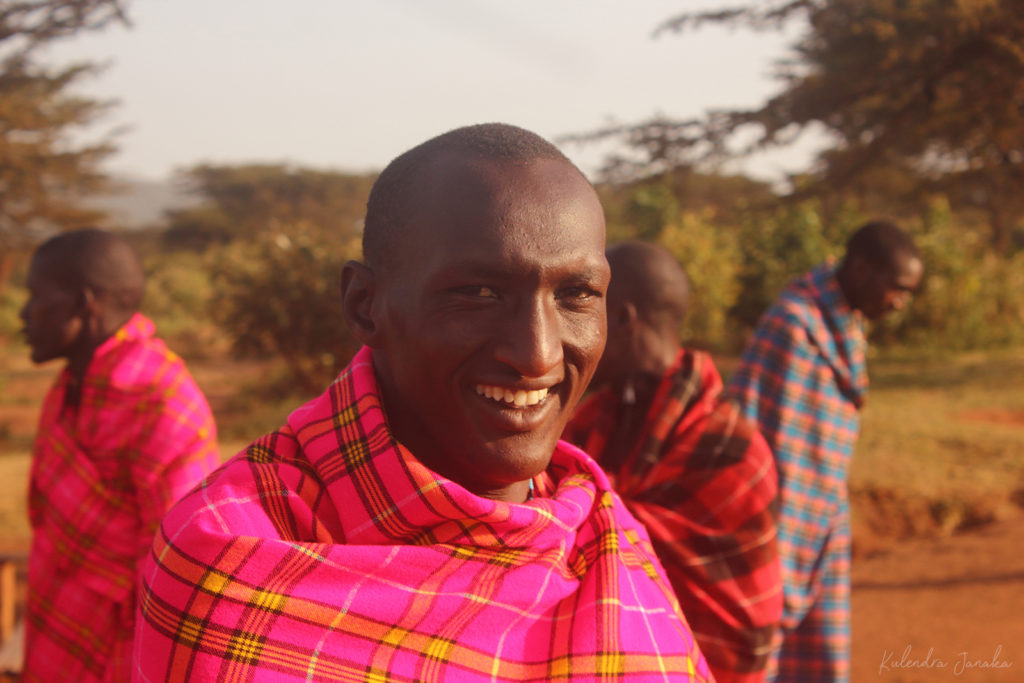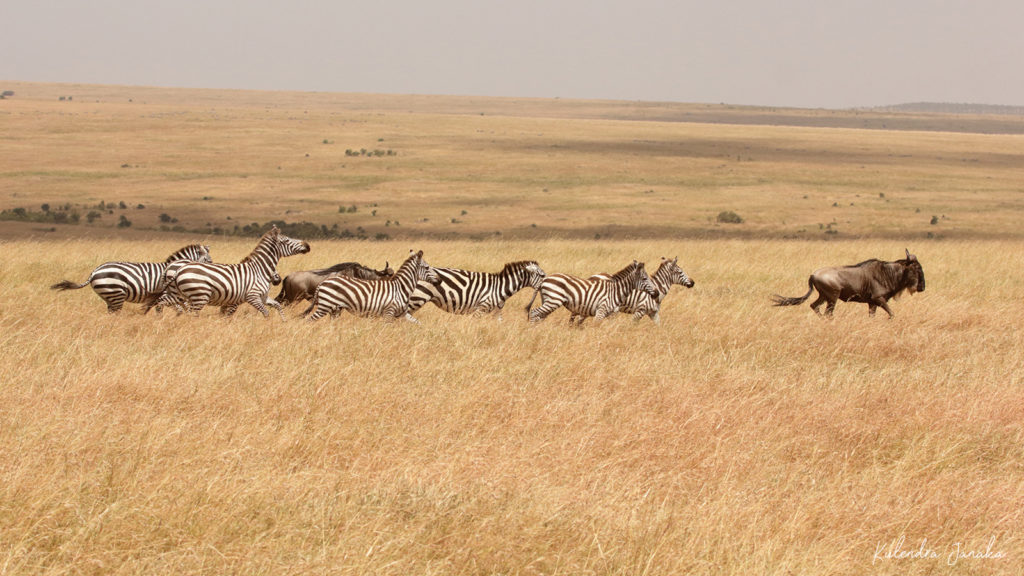Magical Kenya – Part 1
If you are a wildlife enthusiast, the Masai Mara in Kenya or the Serengeti in Tanzania are definitely items in your places to visit list.
Masai Mara and Serengeti are in reality a massive basin in the Great Rift Valley that is separated by the Mara River. The Great Rift Valley in itself is an interesting education in geography. The valley is formed by tectonic plates that are drifting apart (when they collide together, we get mountain ranges, one of the most famous being the Himalayas). While it is referred to by many as if it was a single valley, it is actually a collection of four independently formed valleys; The Dead Sea Rift in Lebanon, the Jordan Rift Valley, the Red Sea Rift and the East African Rift. The East African Rift (also known as the Rift Valley) is contained within the African continent and itself is consisted of multiple rifts that formed as far as billions of years ago to millions of years ago. The rifting process causes the altitude of the land to reduce, i.e. depress, and in a few million years will give rise to an inland sea that may be connected to the ocean via the Red Sea.
The East African Rift is important to palaeontologists because the valley contains a lot of fossil evidence. One of the famous fossils include “Lucy”, an Australopithecus that was once considered a “missing link” between humans and the ancestors of humans. (The whole notion of “missing link” is however a fallacy. Evolution is a branching and a continuous process that is not linear). Fossils such as “Ardi”, a species that would predate the Australopithecus in the human evolution tree and “Lucy’s Baby”, an Australopithecus toddler have helped us understanding the human evolution much better than previously. The East African Rift is abundant with dinosaur and pre-historic animals as well. In the year of 2018 itself, at least six new species of pre-historic animals were discovered from the Tanzanian portion of the East African Rift.
My visit to Masai Mara almost coincided with the annual migration of animals, also known as the “Great Migration” or the “Wildebeest Migration”. The migration is actually a continuous process of prey animals such as wildebeests and zebras, roaming through the plains of Serengati and the Masai Mara looking for greener pastures. In turn, predators such as Lions and Leopards follow the prey. The process happens throughout the year, however what makes the Great Migration a special event is the crossing of the Mara River. The river forms a natural political border between Kenya and Tanazania and poses a natural barrier to the migration. At the Mara River, nearly hundreds of thousands of animals congregate to the bank of the river before crossing over. Crossing the river is no easy task as the rapids, crocodiles and the sheer trample can cause dangers to the crossing animals. It is estimated that as much as 250,000 animals die during the migration process due to hunger, thirst and predation
The Great Migration is also interesting on how herd instinct (or mob rule, whichever way you want to call it) works. The wildebeests, which number over a million in the whole herd, do not have a natural leader. During the migration time, a random group of wildebeests would simply stand up and start heading towards where they should be next, purely driven by instinct. Rest of the group will start following it in smaller groups. The leading group will also change from time to time as the wildebeest would stop to graze, rest or sleep.
No visit to the Masai Mara is complete without a visit to the Masai village. While it is very much a commercialized and a staged set up, it provides an important step in understanding the Masai culture. The Masai people are a semi-nomadic tribe who move across the Masai Mara. Their main livelihood is cattle herding. While they are a nomadic, they build semi-permanent settlements for lodging. Every few years, the tribe will dismantle the settlements and move to a new area. The Masai were however not traditionally a peaceful tribe. Their ranks consisted of warriors and while moving across the plains, they would raid cattle of other tribes and encroach on their land. Over time, some of these aspects have changed and their warrior ranks are now mostly ceremonial. However they will fight vehemently against any predator that try to prey on their cattle including lions.
My visit to Kenya was limited to five days. It wasn’t even remotely enough to cover this beautiful country to the highest extent. As my main interest was wildlife, I concentrated on that mainly. My plan was a one night stay in the Nakuru National Park and three nights stay in Masai Mara National Park. Await the next posts to see if I managed to catch the Wildebeest Migration or not!


